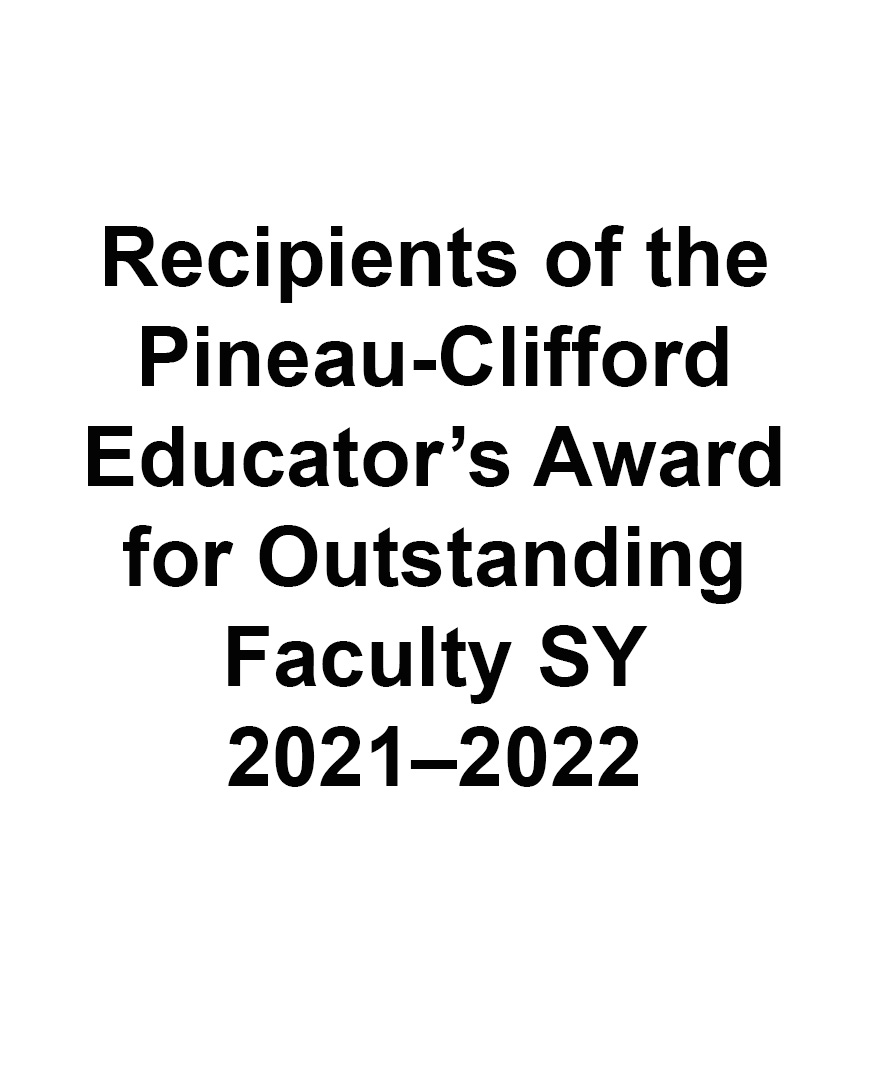 Xavier School Nuvali
Xavier School Nuvali - About Us
- Admissions
- Kindergarten
- Grade School
- Junior High School
- Senior High School
- Download School Fees
- Financial Aid
- Campus Life
- Circulars
- Give
- Careers
by: Caitlin Bernal, 12C
Have you ever wondered what it is like to fly? Do not care too much about how you would do it, the mechanism behind it or the physics that explains it. Just imagine the feeling of freedom and peace as you soar high through the air, with the wind beneath your wings. I thought about this as I watched the award-winning documentary Bird of Prey: To Save Our Eagles. With the help of captivating visuals, I watched enviously as the Philippine Eagle, our symbol of independence and pride, rose high through the air overlooking Mt. Apo’s lush rainforest. Sad to say that this might not be the case soon, and it is disheartening to think how the Philippine Eagle might fly for the very last time in the coming years. This film aims to inspire public awareness and drive the right human attitude and action so that this may never come true.
Admittedly, I did not know much about our national bird before watching this film. In fact, I have never even closely observed a picture of them before. But the outstanding cinematography of this film allows for an up-close look at the eagle's face which was described by cinematographer Neil Rettig as “prehistoric-looking [...].like looking back into a tunnel of time.” In addition to its physical features, I also learned a lot about the eagle’s behavior. I was pleasantly surprised to learn that the Philippine Eagle is monogamous, which means that they are faithful to just one mate for a lifetime. At first, it was unusual that an eagle in captivity named Pag-asa saw its caretaker as a female eagle, but then I realized that these birds understand what a trusting bond is. The featured male and female eagles and their chick highlighted further that these animals have a strong sense of family. It was inspiring to see a baby eagle still growing in nature and not in captivity. All these fascinating facts about the Phillippine eagle inspired me to do more research about them and share them with my family. As much as we wish all eagles in the wild to live like this, we cannot ignore the fact that they are now critically endangered. The cruel huntings and habitat loss, aggravated by human greed, apathy, and selfishness, imperils the future of these fowls. Fr. Pedro Walpole, SJ from the Ateneo De Manila University says that awareness is not enough anymore. We must focus on our attitude towards nature and everything in it..
Aside from participating in fundraising activities, a great way to help in conserving the Philippine eagles is to change our mindset, as Fr. Walpole emphasized. We are called to treat the planet not as an exploited resource but as our common home. We can do this by simply being environmentally conscious and striving to live more sustainably. Let’s model how the people of Mt. Apo coexists with the Eagles in their natural habitat. Together, we can still build a world where the Philippine Eagle can continue to fly as our symbol of national pride.
Indeed, we might not be directly affected by their possible extinction, but we should still actively work to ensure that they never die out. But, why you may ask? Simply put, our interaction with the Earth and its biodiversity is a significant part of our humanity. "Rationally, it has no value, economically, it has no value, but what it has for the human spirit is immeasurable.” Similar to how art and music can exhilarate us, animals around us can do that too, and you can look at a bird taking flight and imagine for yourself how it will feel like to do the same. I felt this while watching when an injured bird named Matatag was being brought back to the forest after being treated. I watched in awe as it stretched its wings out, magnificently soaring into the sky as if saying, ‘This is where I belong.’ I believe that the moment we let the Philippine Eagle go extinct, we lose a big part of our identity as Filipinos.

Youth Excellence in Science Award

Recipients of the Pineau-Clifford Educator’s Award for Outstanding Faculty SY 2021–2022

The Manuel Sr. and Socorro Fong Sports Center was inaugurated last July 19, 2019.